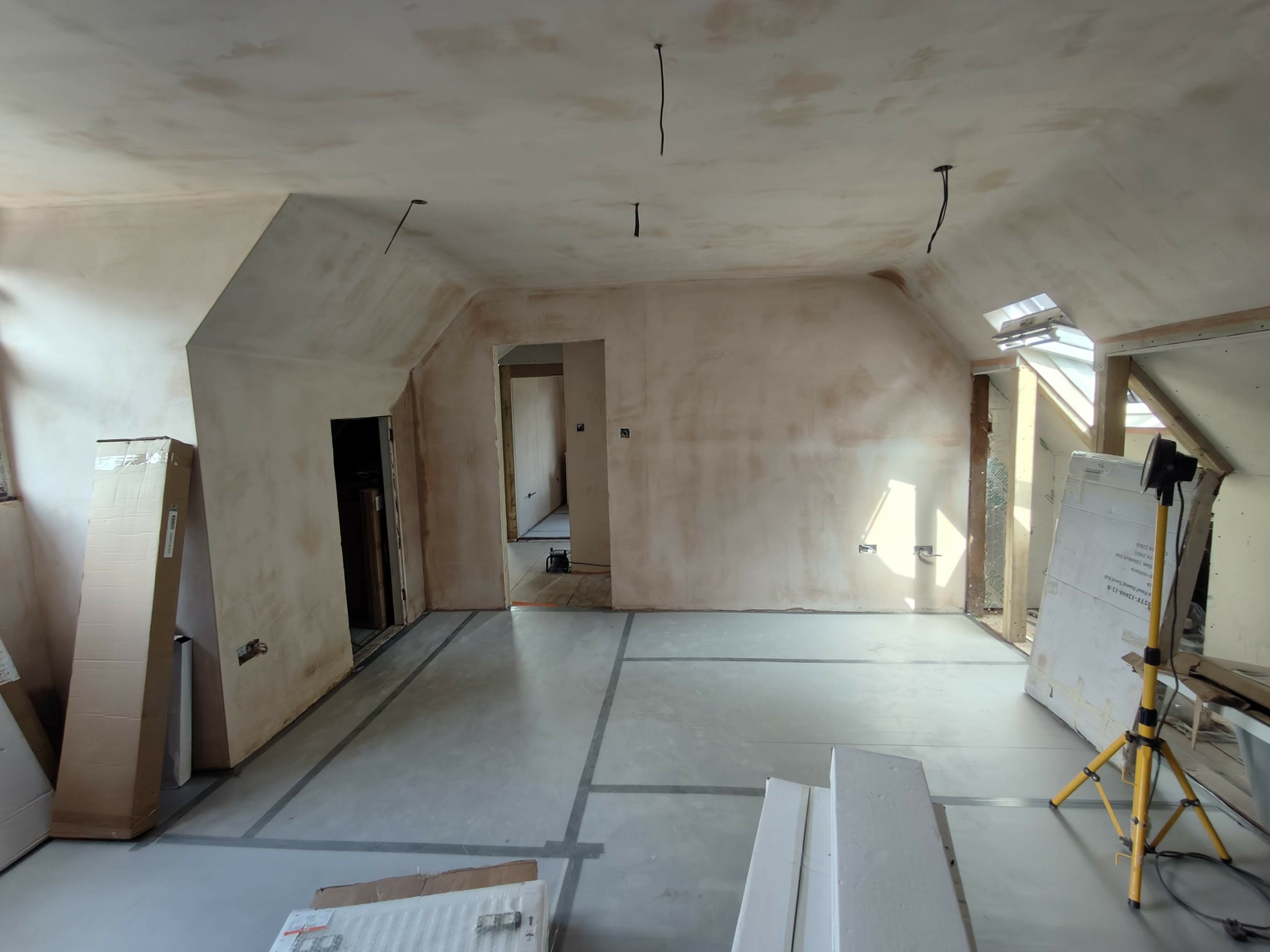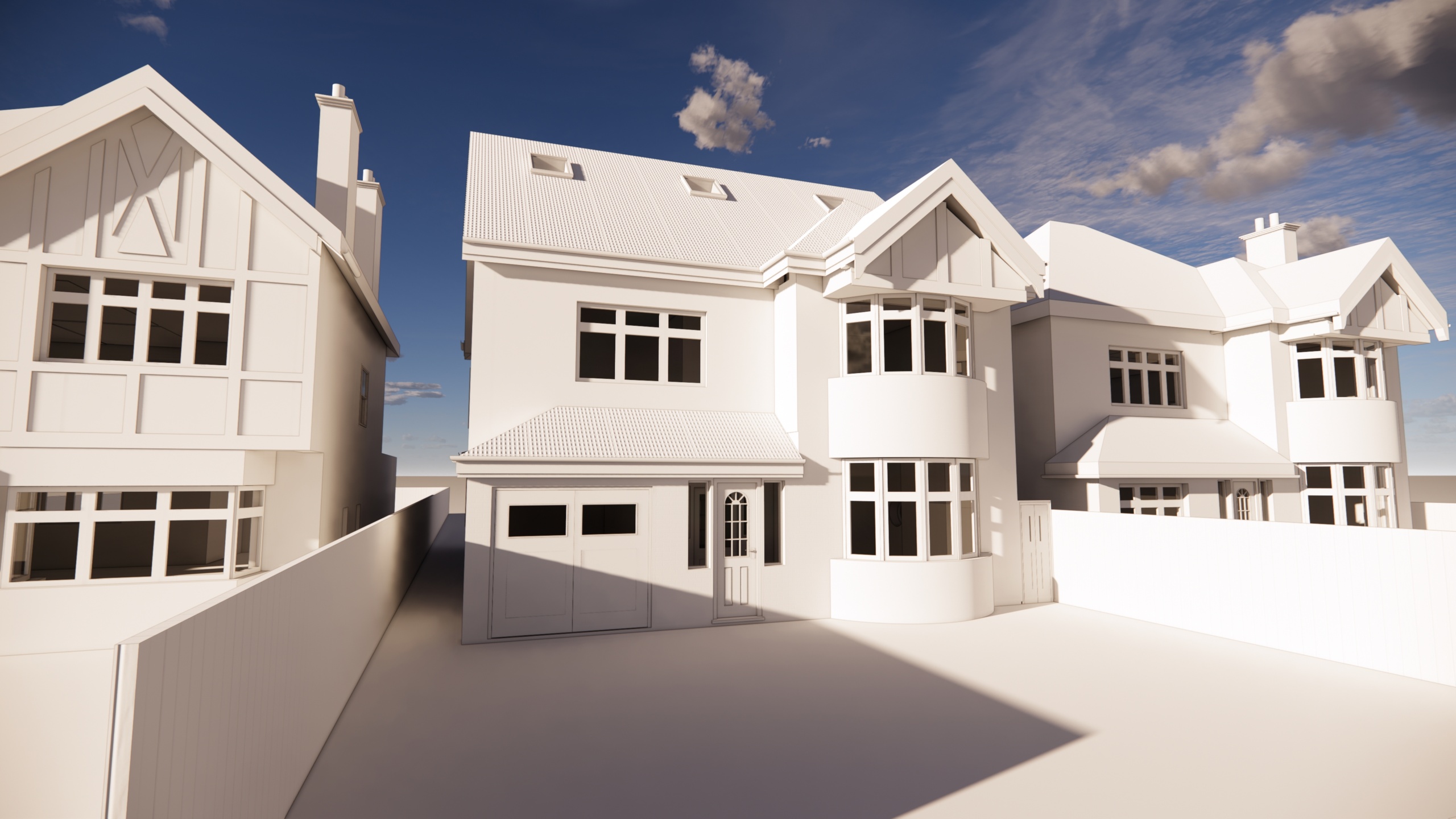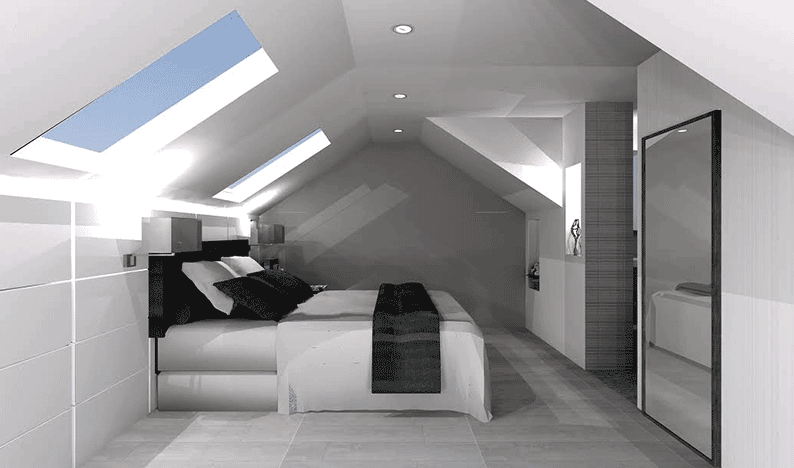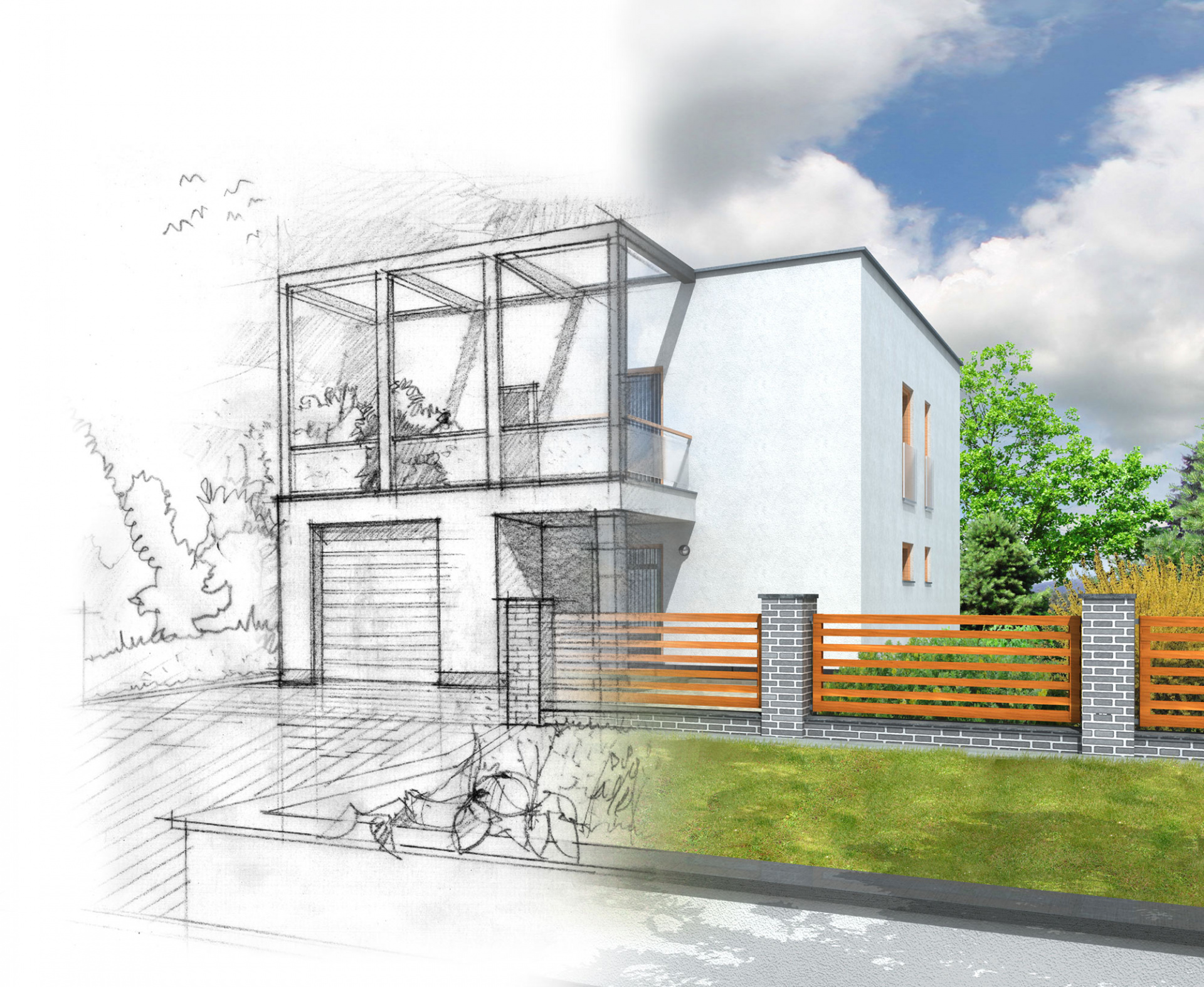This type of extension is commonly employed in homes with a hipped roof design, where the sides of the roof slope down to the eaves. By extending the hip roof into a gable, additional living space can be gained, making it a versatile option for homeowners looking to expand their living area.
Here’s a step-by-step guide to help you understand the process:
Step 1: Consultation and Planning
- Assessment: Begin by assessing the feasibility of a hip to gable extension on your property. Consult with a professional architect or builder to determine if your existing roof structure can accommodate the extension.
- Design: Work with an architect to create detailed plans for the extension. Consider factors such as interior layout, windows, insulation, and overall aesthetics.

Step 2: Obtain Necessary Permissions
- Planning Permission: Check with your local planning department to determine if planning permission is required for the hip to gable extension. Requirements vary by location and property type.

- Building regulations: Ensure that your design complies with building regulations, covering aspects like structural integrity, fire safety, insulation, and ventilation.
Step 3: Construction
- Roof Alteration: The existing hip roof is extended to create a new vertical gable end. This might involve raising the existing ridge, adding new supports, and modifying the roof structure.
- Framing: The new gable end is framed and constructed. This can involve adding new walls, roof trusses, and beams.
- Windows and Doors: Install windows and doors in the new gable end to bring in natural light and provide access to the new space.
- Insulation and Utilities: Ensure proper insulation is installed in the new space. Extend utilities such as electrical wiring, plumbing, and HVAC systems if necessary.
Step 4: Finishing
- Interior Work: Complete the interior space with drywall, flooring, paint, and any other desired finishes.

- Exterior Finish: Match the exterior finish of the extension with the rest of the house. This might involve roofing, siding, and painting to ensure a cohesive look.
- Inspections: Arrange for inspections as required by local regulations to ensure the extension meets safety and building standards.
Pros and Cons of Hip to Gable Roof Extensions
Now, let’s take a look at the pros and cons of hip to gable roof extensions in a table:
| Pros | Cons |
|---|---|
| Increased Living Space | Requires Planning Permission in Some Cases |
| Natural Light and Views with New Windows | Costly and Time-Consuming Construction |
| Enhanced Aesthetic Appeal | Potential Disruption during Construction |
| Potential Increase in Property Value | May Require Structural Modifications |
| Opportunity for Customization and Design | Initial Planning and Design Investment |
Please note that the pros and cons mentioned above are general considerations and may vary based on individual circumstances and specific property characteristics.
Remember to consult with professionals and local authorities before embarking on a hip to gable roof extension project. Proper planning, design, and execution are essential to ensure a successful outcome.
Case Study
Hip -to- Gable Roof extension can be carried out under Permitted Development Rights, which means they might not require planning permission, subject to certain conditions and limitations. These conditions include the following:
– The extension must not exceed specified size limits, which can vary depending on your location and the type of property.
– The materials used should be similar in appearance to the existing property.
-The extension must not extend beyond the plane of the existing roof slope facing the highway (front elevation).
– The eaves and ridge heights of the extension should not exceed certain limits.
– The cubic volume of the hip-to-gable extension needs to be considered as part of the overall permitted development limits for your property. The total volume of the extension, along with any other previous extensions, must not exceed the allowed cubic meter volume
– The extension’s roof pitch and angles should be similar to the existing roof to maintain consistency in the property’s appearance.
– Windows added as part of the extension must be obscure-glazed and non-opening if they are located within 1.7 meters of a boundary. Any side-facing windows should be obscure-glazed and positioned to prevent overlooking neighboring properties. The eaves and ridge heights of the extension should also adhere to specified limits
It’s important to note that if your property is located in a Conservation Area, National Park, Area of Outstanding Natural Beauty, or a listed building, different rules and regulations might apply, and you might need planning permission regardless of Permitted Development Rights
Conclusion
Incorporating a hip to gable roof extension into your home can be a transformative endeavor that not only expands your living space but also elevates the character and functionality of your property. By converting a hipped roof into a gable, you open up new possibilities for interior design, additional rooms, and enhanced natural light. While this venture demands meticulous planning, design finesse, and adherence to local regulations, the advantages it offers are substantial.
The augmented living area, heightened aesthetic appeal, and potential appreciation in property value underscore the value of a hip to gable roof extension. This project empowers you to tailor your living environment to suit your lifestyle and aspirations, making your residence an even more inviting and versatile haven. Collaborating with skilled professionals such as architects and builders is indispensable, ensuring that your hip to gable transformation aligns seamlessly with your vision and manifests as a resounding success.
In summary, a hip to gable roof extension stands as a creative and pragmatic approach to unlocking your home’s full potential. By skillfully navigating the intricate stages of planning, designing, and construction, you can embark on a rewarding journey to reshape your living space and create an enduring impact that enriches your daily life and enhances the allure of your property.








